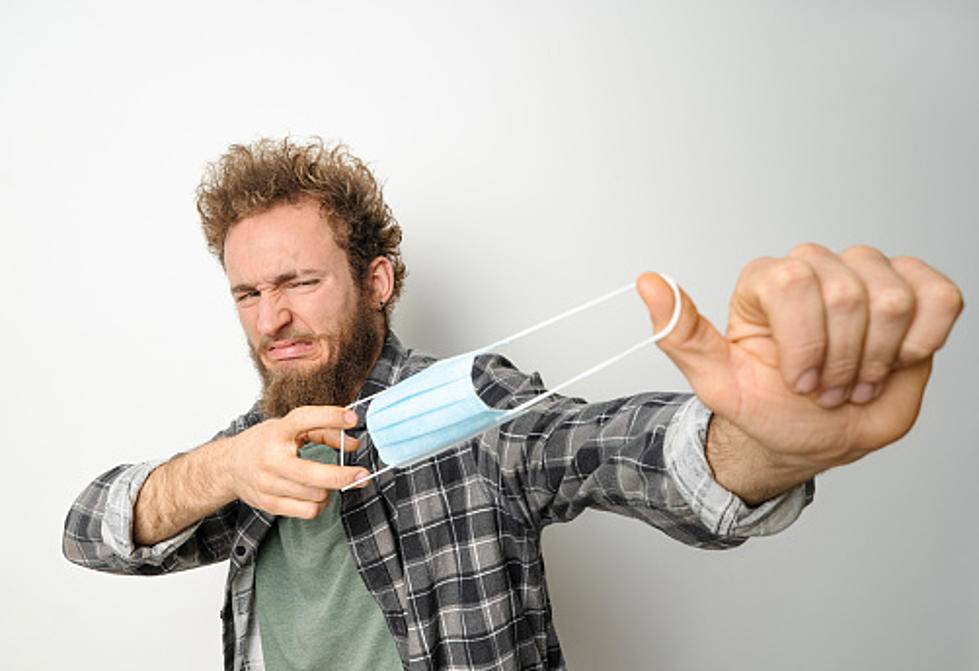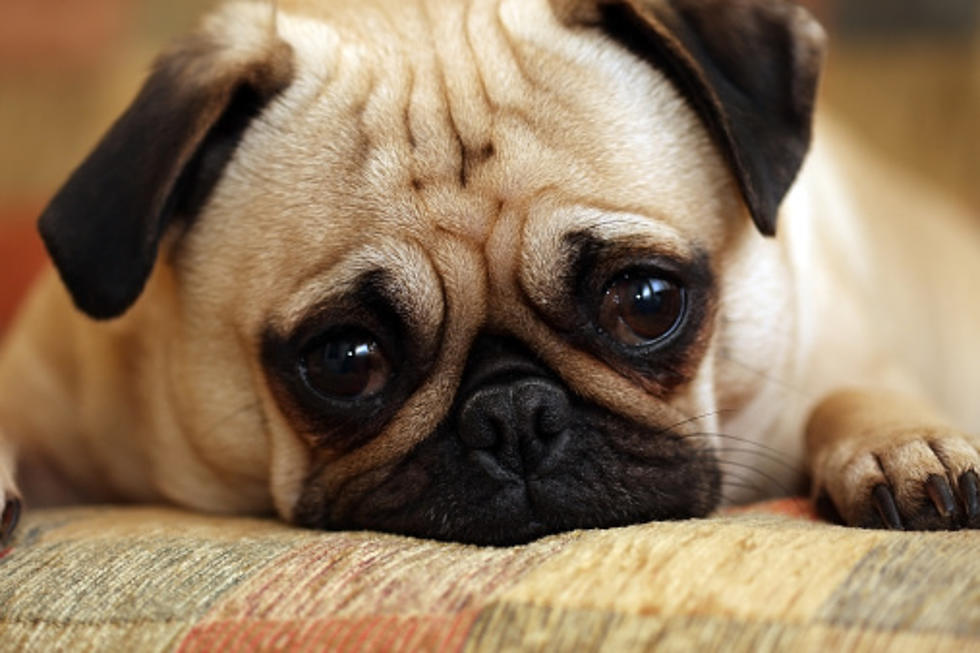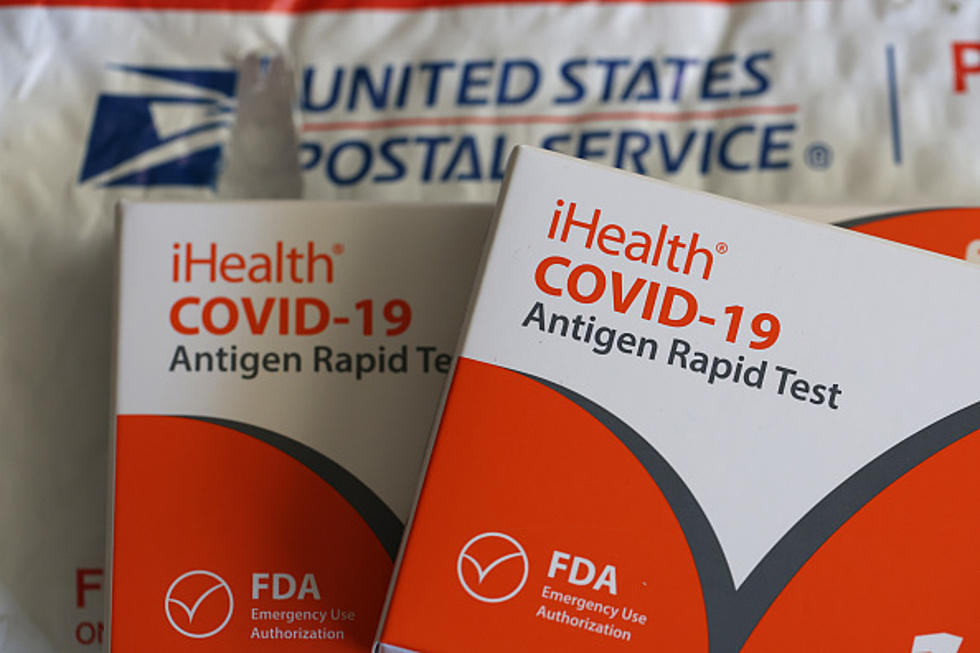
Illinois Department Of Health Releases Halloween Guidelines
For all those who love everything to do with Halloween, the Illinois Department of Public Health (IDPH) says trick-or-treating will be allowed but there are restrictions to keep in mind.
Questions have been lingering for the last month or so on what the guidelines and/or restrictions will be put into place for the spookiest night of the year. While many had assumed that trick-or-treating would be one of the many things we have to skip this year, it turns out that it's still going to happen, although a bit differently than we've done in the past.
Here are the IDPH's suggestions/rules for neighborhood trick-or-treating festivities:
- As an alternative to door-to-door trick-or-treating, anyone who would like to distribute treats should leave individually wrapped candy or treats on a table, on their front walkways, sidewalks, or any outdoor space that allows for at least 6 feet of social distance from the door. The individually wrapped candy should be spread out so each piece is not touching another. Anyone distributing candy or treats should wash their hands properly for at least 20 seconds before placing the candy on the table and when replenishing.
- All individuals participating in trick-or-treating, including those passing out candy should maintain social distance of least 6 feet and wear proper face coverings. A costume mask, such as those worn for Halloween, is not a substitute for a face covering. If face coverings are worn under costume masks, please ensure this does not create breathing problems, and if so, discard the costume mask.
- Only household members should trick-or-treat together, and they should maintain 6-feet social distance from other trick-or-treaters at all times. Mixed household trick-or-treaters are discouraged.
- Alcohol-based hand sanitizer should be carried and used frequently.
- Candy collected during trick-or-treating should not be consumed until after handwashing. As always, a parent/guardian should check all candy to make sure it is wrapped and should discard unwrapped candy.
- And, of course, practice good dental hygiene as well.
- Outdoor areas are preferred for trick-or-treating. Enclosed indoor areas, like apartment buildings, present greater risk of transmission. Open doors and windows as appropriate to promote increased ventilation.
Notice how a dentist managed to get their recommendation into the mix (number 6).
If you're looking at that 7 item list, you might be thinking about skipping the whole neighborhood trick-or-treating thing. That's perfectly understandable, and the IDPH follows with suggestions for alternatives:
Trunk or treat events are considered a higher risk activity and are discouraged. An alternative activity involves trick-or-treating in a large parking lot or other outdoor setting with adherence to social distancing. Tables are pre-set up with participants allowed to parade with a parent/guardian while maintaining at least 6-feet social distancing and wearing proper face coverings at all times. A limited number of people should staff the event, keeping tables replenished and monitoring social distancing. Proper handwashing should be performed before candy is consumed.
- Recruit a set number of table sponsors.
- Create a timed entry schedule to figure out what the attendance limit will be.
- Create a map of where tables will be with plenty of space between.
- Advertise with information about reserved time slots, social distancing, and mask wearing.
- Package candies or favors in treat bags for easy distribution.
- Create signage to direct the flow of foot traffic.
- Draw markers on the ground to indicate 6 feet for social distancing.
- Mask up and enjoy!
The IDPH says haunted houses and big Halloween parties for adults are not allowed this year, but other fall family activities like hayrides and apple picking will be permitted with limited capacities, and social distancing.
LOOK: Here are the best small towns to live in across America
More From WROK 1440 AM / 96.1 FM









